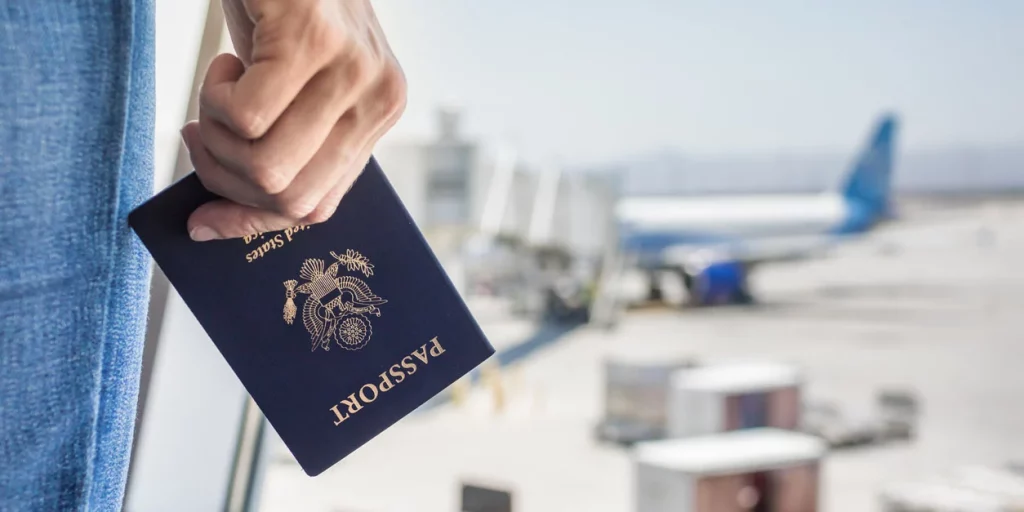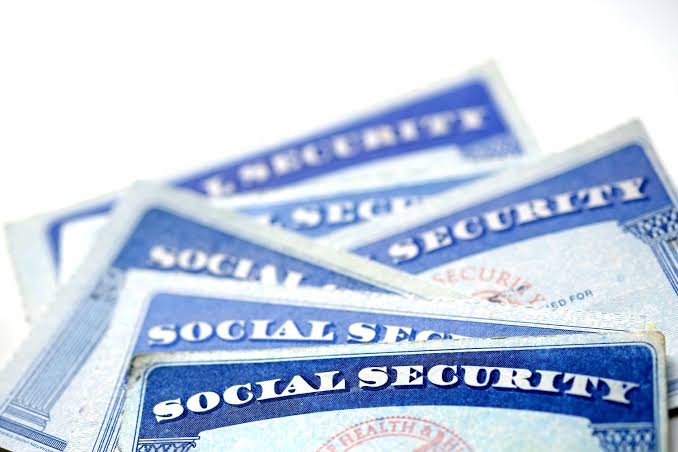If you’re planning a trip and need to get a US passport, pay close attention! One small mistake, like using the wrong passport application form, could delay your travel plans for weeks — or even months! It may seem like a simple task, but choosing the wrong form can cause a huge headache and seriously disrupt your plans. So, if you’re applying for a new passport or renewing your old one, make sure you’ve got the right form before you submit your application.
Let’s dive into the specifics of which forms you need, and why using the wrong one could cause a disaster.
Why Does the Right Form Matter?
It might sound like an easy step, but the US government has different passport forms for different situations. The form you need depends on your specific circumstances. Whether you’re applying for the first time, renewing your old passport, or reporting a lost or stolen passport, each scenario requires a different form.
Using the wrong form can result in delays, the return of your application, or even the rejection of your documents. With long wait times at passport agencies, using the wrong form can mean losing valuable travel time.
Which US Passport Form Should You Use?
Let’s break it down. Here’s a guide to the main passport application forms:
Form DS-11: First-Time Applicants & Special Situations
You need this form if:
-
You’ve never had a passport before
-
Your passport was issued when you were under 16
-
Your passport has been lost, stolen, or damaged
-
Your passport expired more than 15 years ago
Important: If you’re applying with Form DS-11, you must apply in person.
Form DS-82: Renewing Your Passport
If you meet these conditions, use Form DS-82:
-
Your passport is still undamaged
-
Your passport was issued within the last 15 years
-
You were at least 16 years old when it was issued
-
Your passport hasn’t expired for more than 5 years
With this form, you can renew by mail without the need to visit a passport agency. But make sure all the information is correct before mailing it in.
Form DS-64: Report a Lost or Stolen Passport
This form is for anyone who has lost or had their passport stolen. If you find your passport later, you may need to fill out a separate form to confirm its status.
Form DS-3053: Parental Consent for Minors
If your child is applying for a passport, and they are under 16 years old, both parents must sign the form. If one parent is unavailable, you will need to fill out this form.
What Happens If You Use the Wrong Form?
If you submit the incorrect form, you risk your application being delayed or rejected. When this happens:
-
The State Department may send back your documents, asking for the correct form.
-
You’ll lose valuable time, especially if you’re close to your travel date.
-
You could have to start over, which can be stressful and inconvenient.
So, to avoid unnecessary delays, make sure you select the correct form from the start.
What Are the Current Processing Times?
Here’s a quick look at the typical processing times for 2025:
-
Routine Processing: Takes 8 to 11 weeks
-
Expedited Processing: Takes 5 to 7 weeks
-
Urgent Travel: For those needing a passport urgently (within 14 days), you must apply in person at a regional passport agency.
If you are already using the wrong form, you could face even longer wait times, putting your travel plans in jeopardy.
How to Avoid Passport Form Mistakes
-
Double-check the official website: Visit the US Passport Website for the most up-to-date and correct forms.
-
Use the “Form Selector Tool”: This tool helps you pick the right form based on your situation.
-
Fill out the form carefully: Mistakes can delay your application, so make sure everything is filled out accurately.
-
Don’t use outdated forms: Always make sure to download the latest version of the form from the official site.
-
If you’re unsure, ask: When in doubt, contact the passport agency for guidance.
Final Thoughts
Getting your passport shouldn’t be difficult, but using the wrong form could cause significant delays. Double-check your form before you submit it, and avoid unnecessary setbacks that could mess up your travel schedule. With wait times at an all-time high, every step matters — don’t risk a travel disaster because of a simple form mistake.



